
Stadio delle Alpi (1) Stadium Postcards
The Stadio Delle Alpi was a football and athletics stadium in Turin, Italy, and was the home of both Juventus Football Club and Torino Football Club between 1990 and 2006. In English, the name meant "Stadium of the Alps ", a reference to the nearby Alps mountain range. The stadium was demolished in 2009 and both football clubs moved to the.

Stadio delle Alpi Foto & Bild sport, ballsport, fußball Bilder auf
Share Stadium Guide. Juventus Arena or the Allianz Stadium for sponsorship reasons first opened on 8th September 2011 and since then it has proven to be a fortress for The Old Lady. Constructed on the site of the former Stadio Delle Alpi very much in the English mould, it is rightly so the envy of opposition fans across the peninsula.
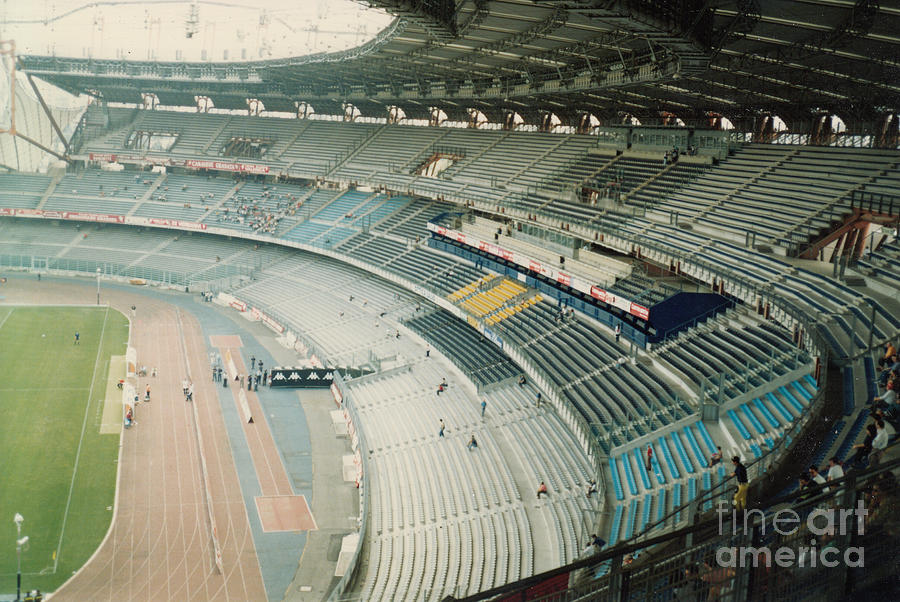
Juventus Stadio delle Alpi South Side Stand 1 September 1997 Photograph by Legendary
The Stadio delle Alpi was built at a great expense and was quite less accessible, and had poor views because of the athletics track. In spite of the fact that Juventus is the best-supported team in Italy (with the highest television subscribers and away section attendances), attendance at the Stadio delle Alpi was miserable.
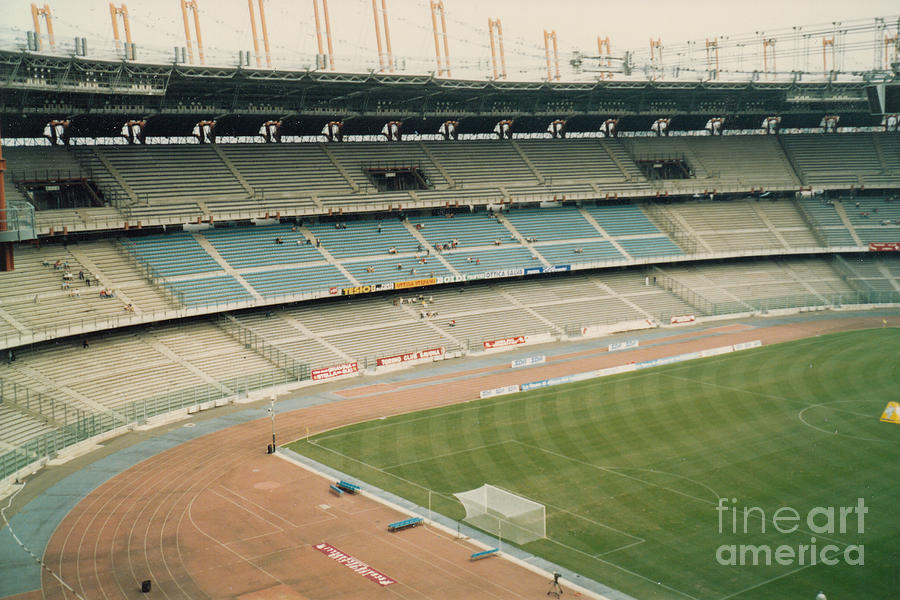
Juventus Stadio delle Alpi Noth Stand 1 September 1997 Photograph by Legendary Football
Parc Olympique Lyonnais, known for sponsorship reasons as Groupama Stadium, is a 59,186-seat stadium in Décines-Charpieu, in the Lyon Metropolis.The home of French football club Olympique Lyonnais (OL), it replaced their previous stadium, the Stade de Gerland, in January 2016.. The stadium was a host of UEFA Euro 2016, and was also chosen to stage the 2017 Coupe de la Ligue Final and the 2018.
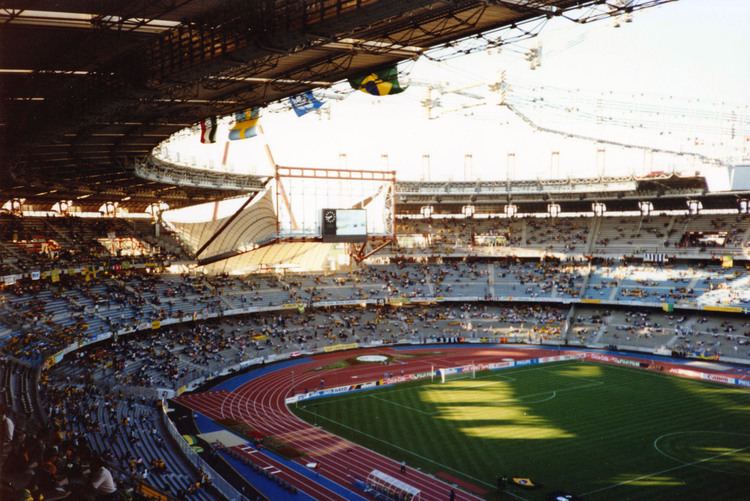
Stadio delle Alpi Alchetron, The Free Social Encyclopedia
Name of stadium: Allianz Stadium: Total capacity: 41.507: 41.507 at international matches: Seats: 41.507: including 41.507 covered: Boxes: 64: Built: 2011.
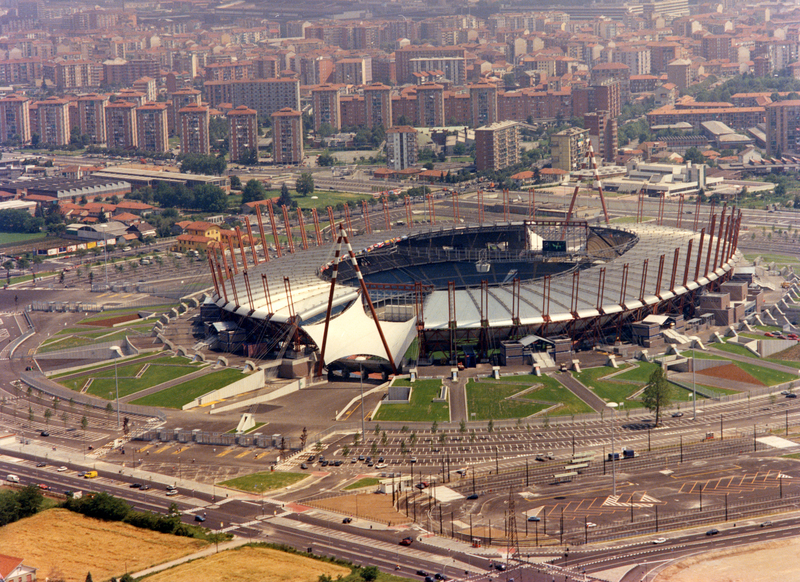
MJW structures Delle Alpi Stadium
Why did Juventus fans hate the Stadio delle Alpi? And why are West Ham fans unhappy? Architects and design experts offer some answers. By Sam Diss for MUNDIAL, part of the Guardian Sport Network.
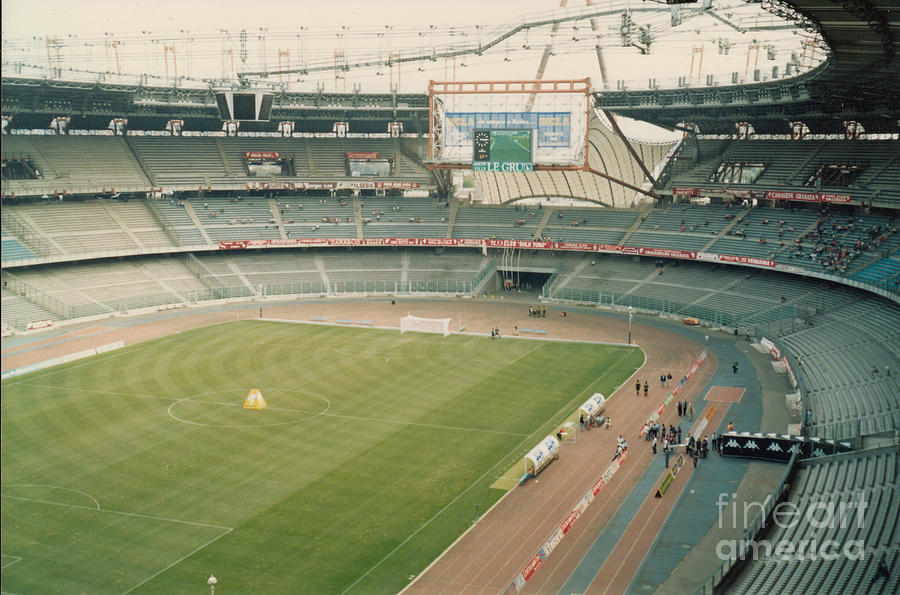
Juventus Stadio delle Alpi East Goal Stand 1 September 1997 Photograph by Legendary
The Stadio delle Alpi was built in time to host games during the 1990 World Cup. The club's decision to move their form their previous ground, Stadio Comunale, was a controversial one thanks to the lack of accessibility to the stadium, the poor sight lines because of the athletics track that had been put in and the huge cost of its.
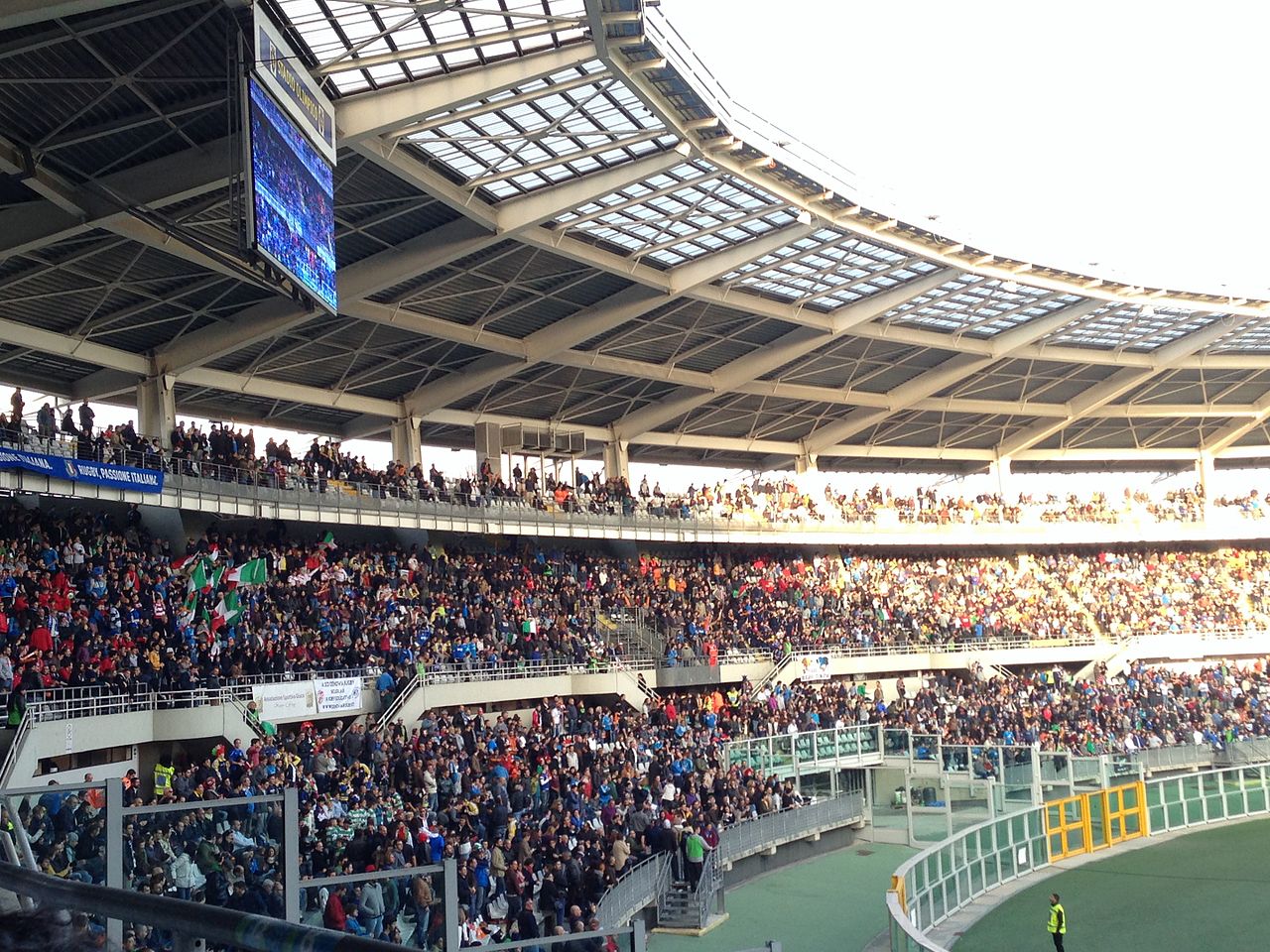
Stadio Delle Alpi Turin
With the Stadio Delle Alpi closing in 2006, Juventus and Torino both relocated to the smaller Stadio Olimpico which was renovated for the Winter Olympics of the same year. Stand Photos. Stadio Delle Alpi was comprised of four stands: North, East, South and West.

Stadio delle Alpi, Sergio Hutter, Toni Cordero. Architettura, Architetti, Torino
Lo stadio delle Alpi è stato un impianto sportivo polivalente di Torino, inaugurato nel 1990 e demolito nel 2009.Si trovava nei quartieri Vallette e Lucento in prossimità dell'area Continassa, nella zona nord-occidentale del capoluogo piemontese, al confine con Venaria Reale.. Progettato dallo studio Hutter in stile modernista al fine di accogliere alcune partite del campionato del mondo.

Stadio delle Alpi, Turin, Italy
In theory, the Stadio delle Alpi was intended to be a futuristic venue capable of seating 67,229 paying spectators, a multi-faceted sports facility designed to host both football and athletics. Shared by Juventus and Torino, it spawned a dramatic increase of capacity for both clubs from the old Stadio Comunale. A giant, four-sided.

Stadio delle Alpi, Sergio Hutter, Toni Cordero. Alpi, Architettura, Torino
20.02.2019 Stadium of the Year: Meet the Juror - Gino Zavanella. He designed the historic Stadio Delle Alpi and then carried out its revolutionary reconstruction into current Juventus Stadium. For many Gino Zavanella is the face of Italian sports architecture.

Stadio delle Alpi storia di uno dei più famosi stadi italiani Electomagazine
As early as 2003, Juventus therefore already started making plans to build a new stadium, and after they had bought Delle Alpi from the city of Turin, they moved to Stadio Olimpico di Torino in anticipation of returning to a new home in a few years time. Demolition of Delle Alpi started in 2008 and soon after works on the new stadium began.

Juventus Stadio delle Alpi Exterior September 1996 Photograph by Legendary Football
It was that vista that inspired the new stadium's name: Stadio Delle Alpi. The stadium was inaugurated just a few days before the start of the 1990 World Cup, on 31 May 1990. Like the previous stadium, Juve's time at the Stadio Delle Alpi was marked by Scudetto titles and European triumphs, as the Bianconeri won the UEFA Cup twice as well as clinching Champions League glory in 1996.
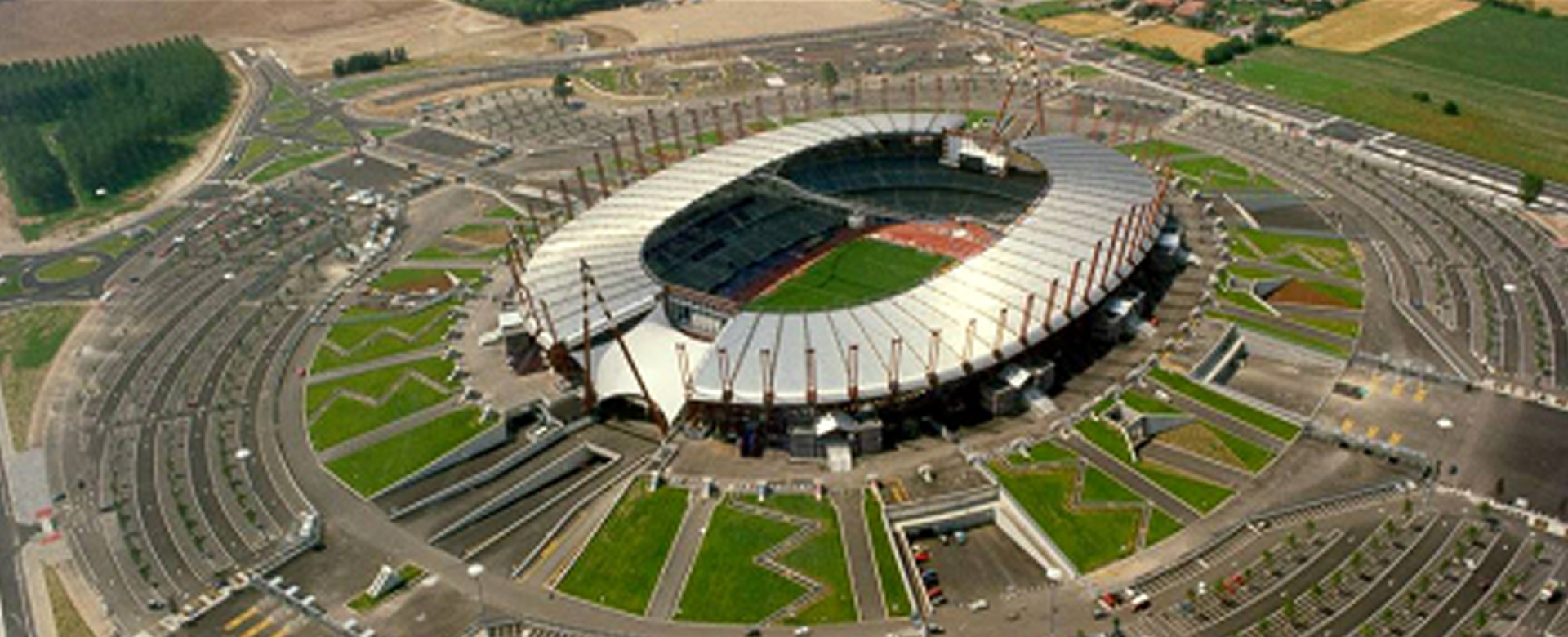
"Delle Alpi" Stadium Studio Quaranta
The end of the controversial Stadio Delle Alpi came in November 2008. Only 18 years after its inauguration, the stadium was demolished to leave room to the brand-new Allianz Stadium - Juventus' new home ground. It went down to history as a symbol of waste, poor organization, and underutilization common to many grounds that the.

Stadio delle Alpi (TOR 290) Stadium Postcards
Stadio Delle Alpi was between 1990 and 2006 the home of FC Juventus and Torino FC. The stadium got built to serve as a playing venue at the 1990 World Cup. It was designed by Studio Hutter and could hold a total of 69,041 spectators divided over three tiers. The stadium officially opened on the 31 st of May 1990 with a friendly match between a.
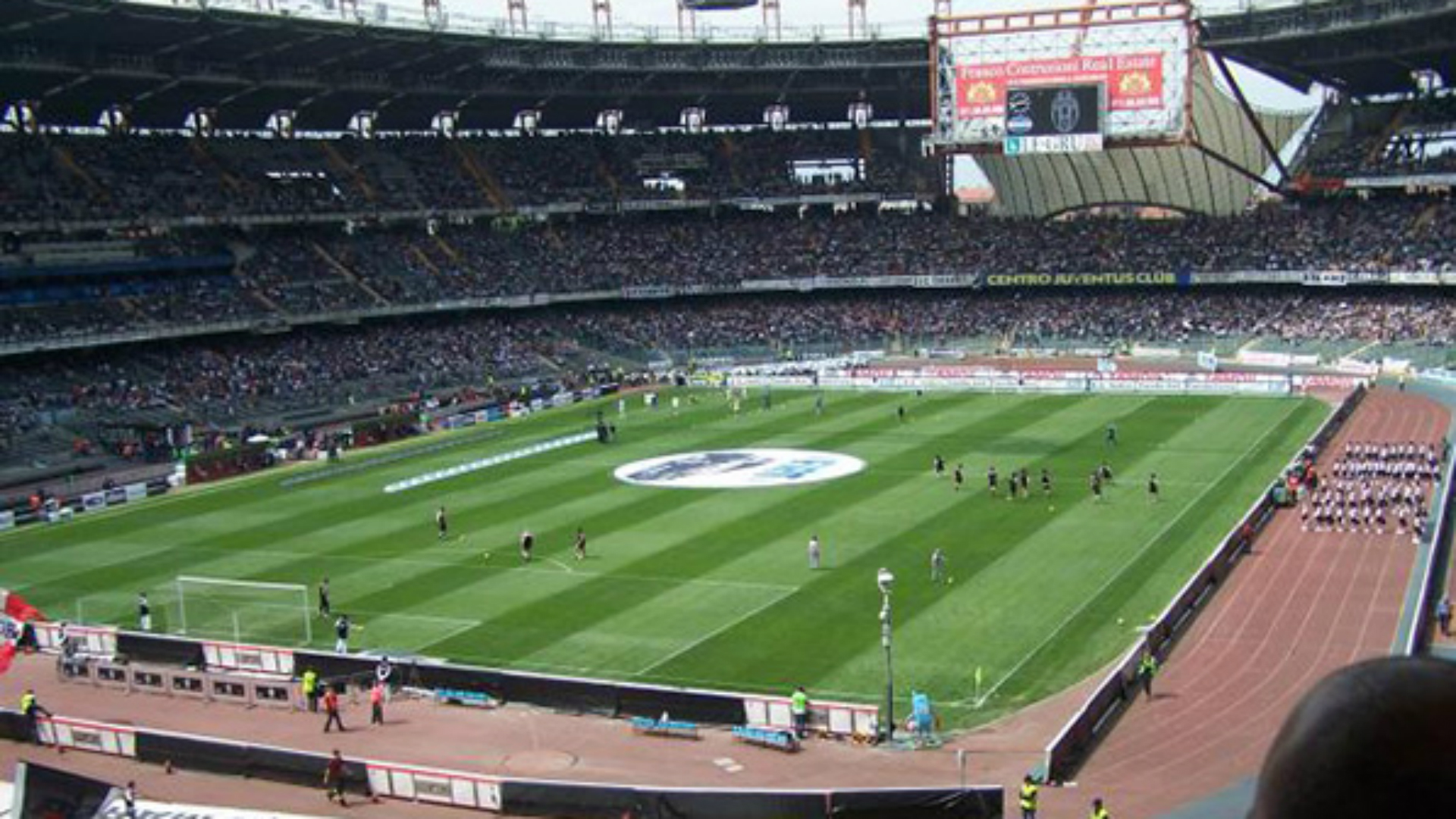
Los estadios míticos en los que jugó el Real Madrid en la UEFA Champions League
Lo stadio delle Alpi fu una grande arena che, come molti ricorderanno, ospitò grandissimi eventi e, soprattutto, alcune partite dei mondiali di calcio del 1990. Sorto proprio grazie ai mondiali calcistici del 1990, forse di fretta e non con le giuste attenzioni, come sappiamo, non ebbe una vita longeva.